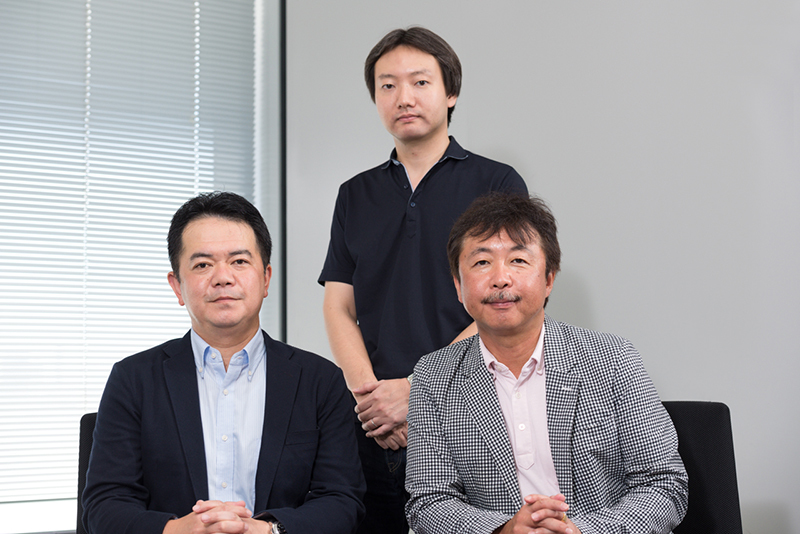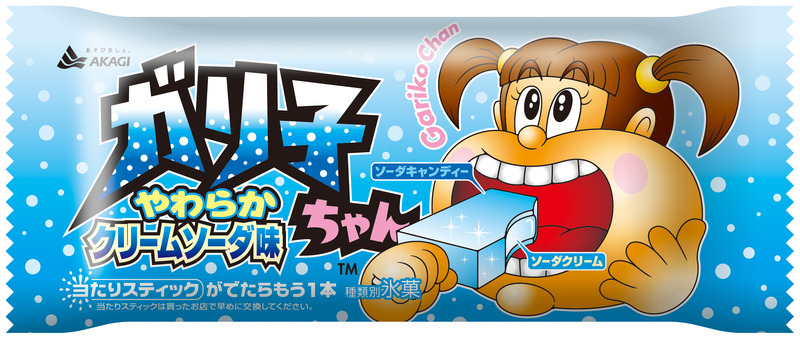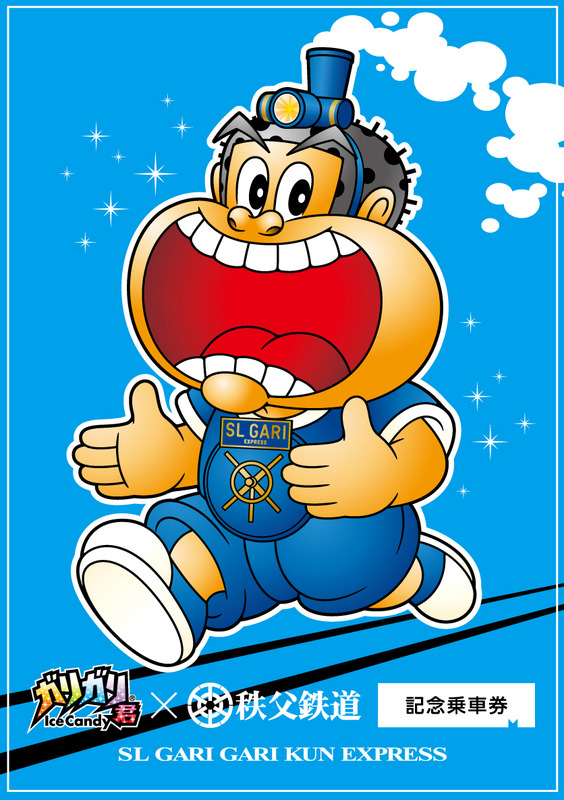The familiar Akagi Dairy "Gari Gari-kun" stands out as a corporate character, having even established a dedicated character promotion company, "Gari Gari-kun Production" (hereafter GariPro), to expand its character business. Continuing from the first part, we explore the potential of corporate character communication through a discussion with Akagi Dairy's Fumio Hagiwara and Character Data Bank's Kazuo Rikukawa.
Yamamoto:In the first part, you mentioned that around 2004, you consciously decided to develop Gari Gari-kun's character even more than before. However, I also heard that Akagi Dairy hasn't created overly detailed settings for Gari Gari-kun.
Hagiwara: Yes. While the character itself is developed under the policy of being "energetic, fun, and silly," the only established setting is that he's a boy in the lower grades of elementary school. By not over-defining the character's setting, we've opened up possibilities for collaborations with existing content like manga, games, and movies.
Yamamoto: I see. It seems like a strategy to keep the character's background loose to broaden the scope for collaborations with others, while letting the character's worldview permeate through media tie-ins. In manga, for example, Gari-Gari-Kun's worldview is clearly expressed as part of the story. Also, when it comes to Gari-Gari-Kun, I get the impression that its "energetic, fun, and silly" worldview is permeating real-life spaces close to consumers through PR stunts that constantly become hot topics. Even within that, the character's personality seems to be steadily being cultivated.
The goal is the sales floor. A product-driven character strategy
Hagiwara: That said, it might seem like we'd jump on any interesting idea, but we actually have strict rules for the character. We don't just go for anything that's trending. We remain focused on the core purpose: creating pathways to the sales floor.
Yamamoto: Indeed, looking at the "Gari Gari-kun" manga, the product's appeal is really front and center. You can totally understand how a kid reading this would want to run straight to the ice cream aisle (laughs).
Hagiwara: Also, sub-characters always appear in conjunction with the product (the ice cream)...
When a sub-character is born, it's always because there's a product bearing that character's name.
Yamamoto: That's fascinating too! Just like Shari Shari-kun and Gari-ko-chan, it truly is character communication born from the product itself.
Rikukawa: When companies move beyond advertising and promotional activities to commercialize character licensing for merchandise sales, I often find their goals unclear. Do they want to earn royalties (licensing fees from productization)? Do they want to pursue content business? Or is the goal promotional activities to complement advertising? In that regard, Gari Gari-kun consistently focused on developing its presence in store aisles, showing a clear corporate policy. Having a clear purpose has led to results.
What's next for Gari Gari-kun?
Yamamoto: When it comes to leveraging corporate characters and guiding them to success, what do you personally feel is most important, Mr. Hagiwara?
Hagiwara: It's quite challenging, but... I believe it ultimately comes down to clarifying the purpose. To reiterate, in Gari Gari-kun's case, the success stems from the fact that the responsible staff, who deeply understand the product itself, have steadily worked towards the goal of attracting people to the ice cream aisle, rather than just pushing the character.
Yamamoto: Any interesting developments lately?
Hagiwara: This August and September, we're running a Gari-Gari-Kun-wrapped steam locomotive on the Chichibu Railway. It's part of our branding efforts to create lasting summer vacation memories for children in Saitama, the hometown of Akagi Dairy.
Yamamoto: So it's being leveraged not just for PR impact, but also from a CSR perspective. Could you share your current thoughts and feelings, including future developments?
Hagiwara: It's been eight years since "Gari-Pro" started, and I do feel the recent hype might have gotten a bit out of hand. The flow from the 2010 shortage to the 2012 Corn Potage flavor launch created this boom-like movement. Ultimately, I want to steadily nurture it as the face of our staple products.
Rikukawa: In the character industry, there's a widely whispered theory about the "40-year mark." It's said that if a character survives 40 years, it can then take on a life of its own. If that's the case, Gari-Gari-kun might be reaching the point where it's ready to move to the next stage. If there's potential to fully develop it into content as a business going forward, I'm quietly looking forward to seeing how they leverage what's been built up so far while expanding into new worlds.
Yamamoto: Indeed, depending on how that unfolds, it could become a litmus test for expanding the future possibilities of corporate character utilization. I'm looking forward to it too. Mr. Hagiwara, Mr. Rikukawa, thank you both for your incredibly valuable insights.















